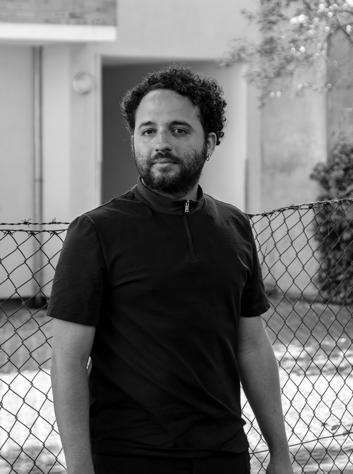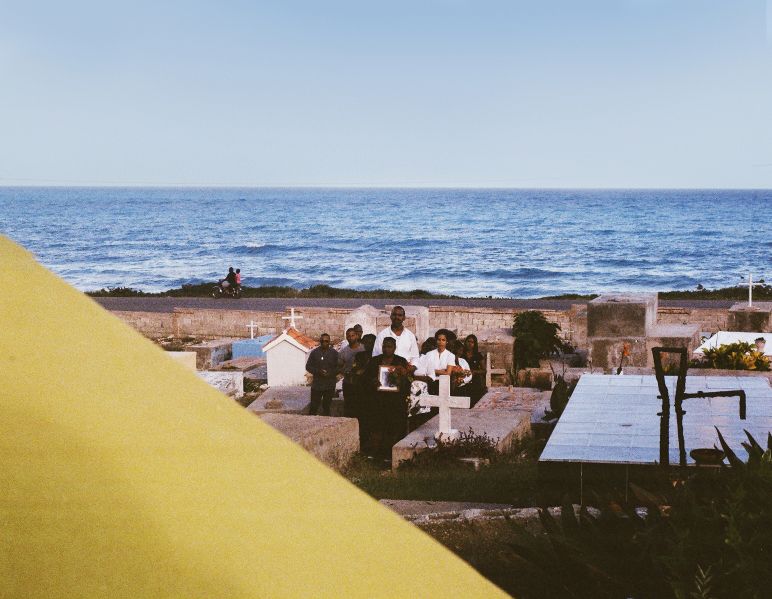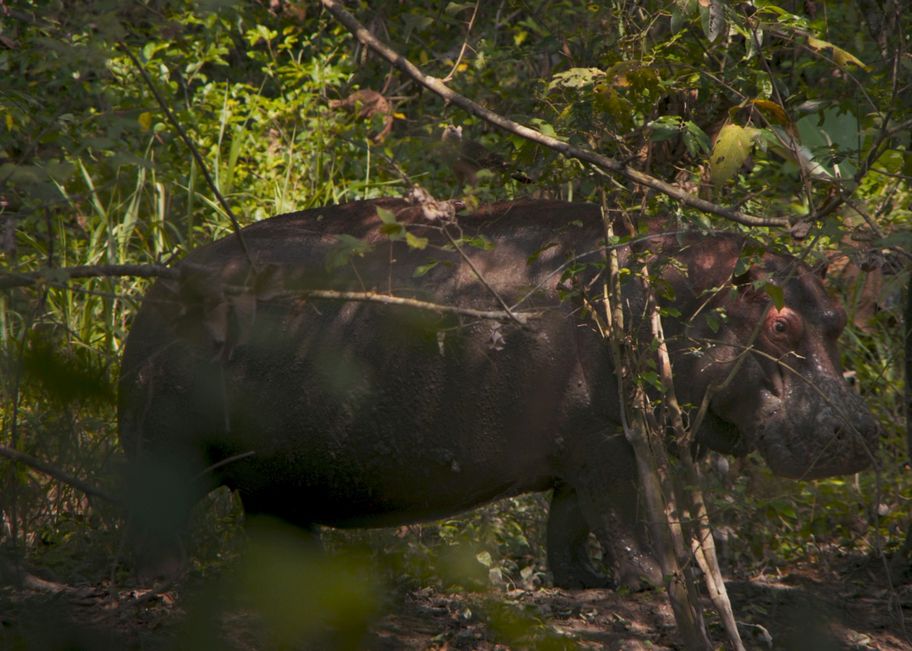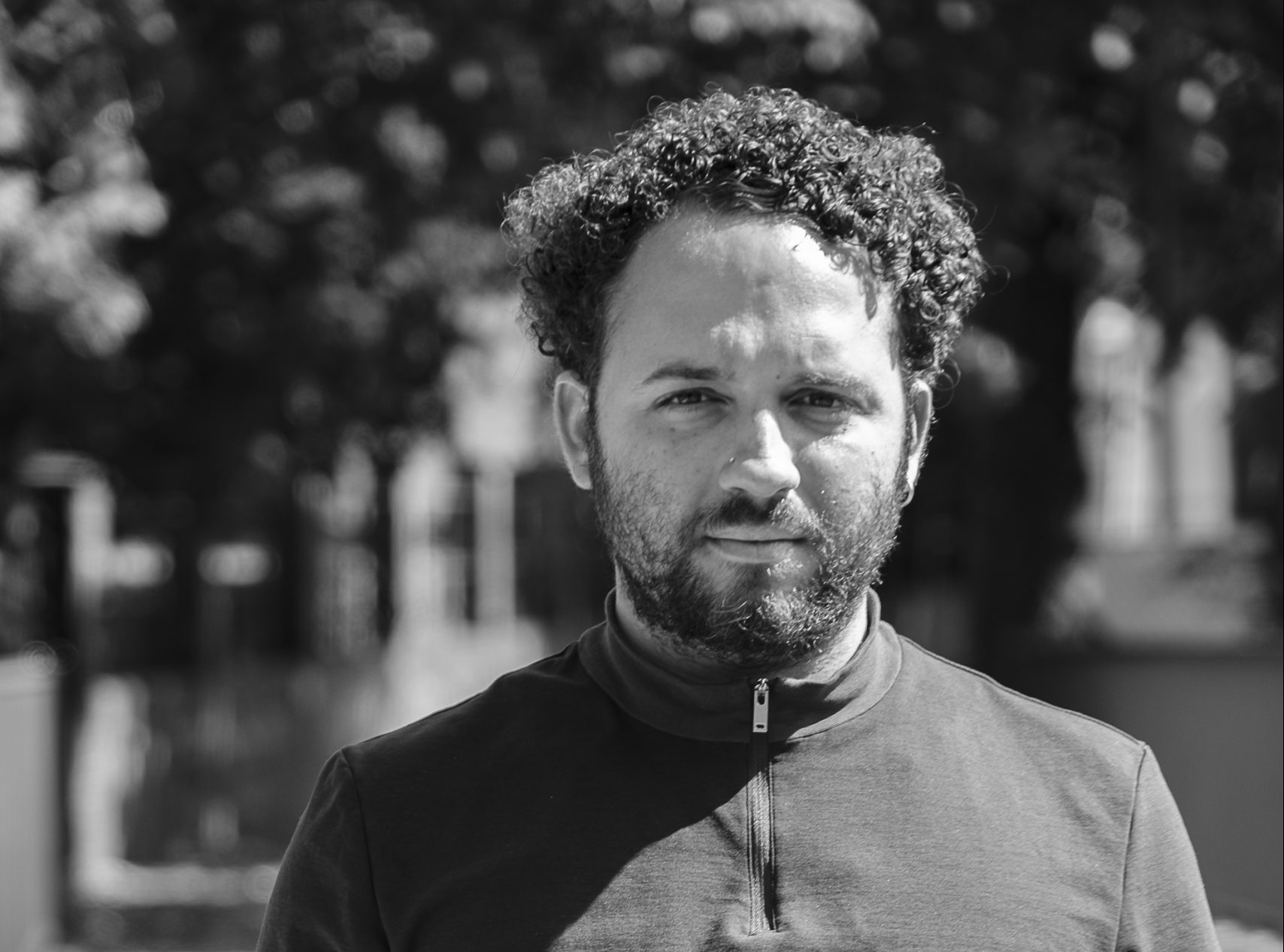Dominican Republic, Film, 2019
Nelson Carlo
de los Santos Arias

For a long time the Dominican Republic was considered a blank spot on the global film map. This all changed with Nelson Carlos de los Santos Arias, whose wide-ranging artistic activity has been moving towards an examination of his native country since the late 2000s.
Cocote (2017) is the document of this homecoming: the story of a man named Alberto, who returns to his family from his work as a servant for a wealthy family after the death of his father. He was murdered and his family is seeking revenge. But first the funeral rituals that comprise a significant part of the film must be completed. These leave Alberto an outsider given his evangelical Christian faith; he belongs to an imported religion that feels superior to local mythologies and life forms.
As a filmmaker and intellectual, Nelson Carlos de los Santos Arias is situated between these worlds and his film also reflects this: he employs a wide variety of aesthetic means, alternating between participatory observation and vision. Rituals (“nezos”) form the core, however, and could be understood as autochthonous, but are ultimately and primarily an expression of the country’s complex colonial history.
In this light, Nelson Carlos de los Santos Arias would not see himself as a representative of a national cinema, but as someone who maps in his artistic career and with his films the diverse relationships of the Dominican Republic within the Antilles archipelago as well as the Caribbean zone of conflicting tensions between North and South or Latin America.
His film Pareces una Carreta de esas que no la paran ni los bueyes (2013) begins with a camera shot over a bridge leading into Manhattan, i.e. the capital of the (Western) world, as New Yorkers like to say. Nelson Carlos de los Santos Arias, however, finds two women there who actually belong to another world, specifically the Dominican Republic, where they are repeatedly calling. The filmmaker hears everything in the small apartment and bears witness to this in-between world.
Located within this intermediary realm is also the essential feature of the autobiographical short film Canciones de cuna (2014), which was shot partly in the US and over which the mother’s recurrent question hangs like a leitmotif: “¿Dónde estás?” Where are you?
With Santa Teresa y otras historias (2015), Nelson Carlos de los Santos Arias provides a suitably complex answer to the question of where a Latin American film artist can “be” at the beginning of the twenty-first century: reference could be made to a meta-fictional film text, beginning with the novel 2666 by Roberto Bolaño, who himself played with the rich narrative traditions of Hispanic America. Santa Teresa is a place in Mexico where notions of a pre-colonial matriarchy play as much a role as a history of violence that no amount of passionate faith is capable of averting.
Nelson Carlos de los Santos Arias employs fragmentary forms to allude to a conceivable post-colonial, post-national identity that could live up to his Dominican origins and his responsibility as its (world) citizen.
Biography
Nelson Carlos de los Santos Arias was born in 1985 in Santo Domingo, he studied creative writing and media art at the Universidad Iberoamericana (UNIBE). In 2006 he moved to Buenos Aires to study film. At the Edinburgh College of Art from 2008–9 he turned to experimental film. In 2009, his first film She Said He Walks was awarded a BAFTA Award. He continued his art education at CalArts in Los Angeles, where he graduated with an MFA in Film / Video (2011–14).
Text: Bert Rebhandl
Translation: Erik Smith
2009: She Said He Walks, He Said She Walks
(short film)
2010: Should We Go Home?
(short film)
2011: Le Dernier des Bonbons
(short film)
2013: Pareces una carreta de esas que no la paran ni los bueyes
(documentary)
2014: Canciones de cuna
(short film)
2015: Santa Teresa y Otros Historias
2017: Cocote




